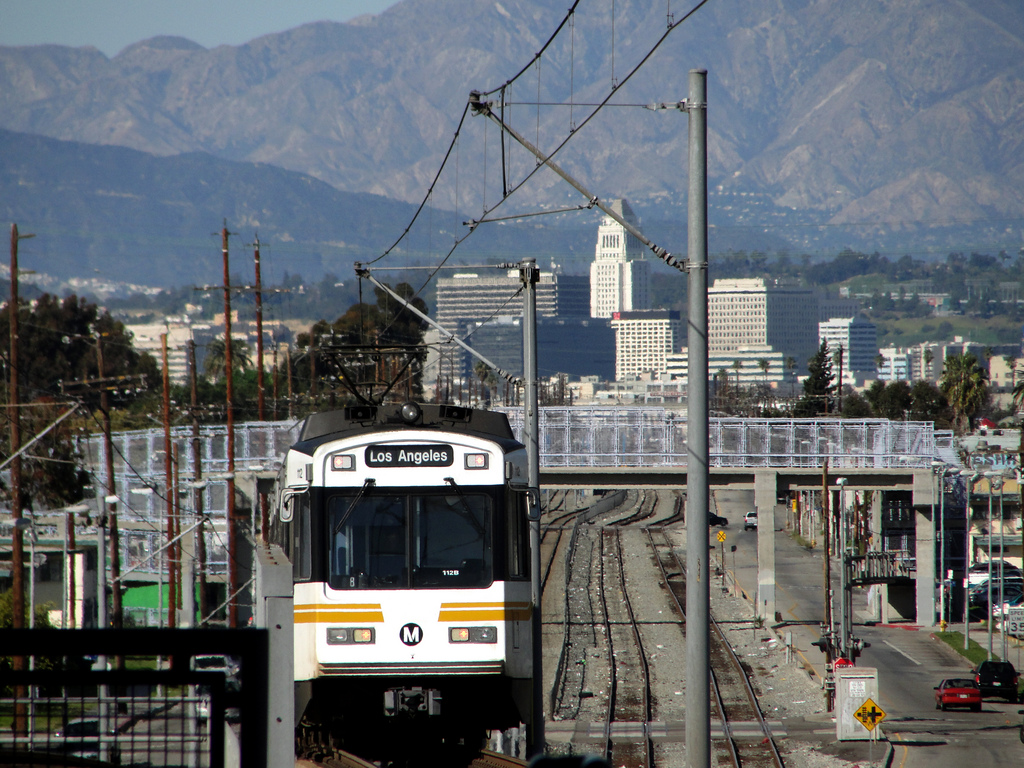
As transit ridership falls nationwide, many system operators are struggling to redesign their bus networks to be more responsive to where people actually want to go and when. And now they can use those pocket-sized surveillance devices known as smart phones to assist them.
Adam Rogers in Wired reported on a data-fueled effort at LA Metro to track transit riders via their cell phone data:
Cambridge Systematics, a transportation consultancy, acquired the kind of location information your phone continuously produces—from every app you didn’t say “no” to. The data was “hashed” so that researchers could connect geolocations (at a resolution of about 300 meters) to a device but couldn’t link the device to a phone number or a number to a person. Even with the resolution blurred this way, you can still discern a picture.
They found that commute times are still true, with two peaks between 7 and 9am and another between 3 and 6pm. No big surprise there. But they also found a third peak, from mid-day to about 9pm, as people run errands and see friends. The trouble is that this third peak coincides with a time period when traditional transit slacks off.
Furthermore, people are traveling outside of areas with the greatest population density and at shorter distances, contrary to how long-distance commuter transit lines are designed. Specifically, the cell phone data showed that “only 16 percent of trips in LA County were longer than 10 miles. Two-thirds of all travel was less than five miles. Short hops, not long hauls, rule the roads.”
The agency surmises that faster, more frequent bus service on these specific, well-traveled routes could potentially net more riders:
[The] team ran billions of cell phone-registered trips through the agency’s regional planner to estimate how long they would take on the transit system. Then they ran the same trips through Google Maps to see how long they’d take to drive. Some 85 percent of trips could be taken on mass transit, but fewer than half were as fast as driving. … But laying the fare card data alongside the larger set of phone logs showed that even if a trip took about the same amount of time, just 13 percent of travel on that route was by transit.
Clearly a bus system redesign based on where people want to go and when, and relying on faster service, will be crucial for success. But speeding up the buses (and making them more appealing than passenger vehicle trips) will require a change in land use priorities. That means more bus-only lanes and less publicly mandated and subsidized parking for private vehicles. And it also means congestion pricing to reduce traffic and provide revenue for transit alternatives.
While privacy advocates may have concerns about the methodology used in this effort, at least LA Metro now finally has a more accurate window into traveler preferences across the region. But we’ll likely need larger political changes to fully address the problem.


